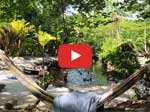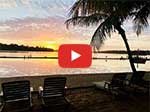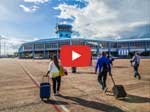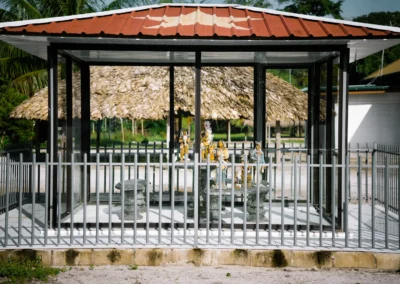PARA
The Para district is named after the Para River that flows through the district and has Onverwacht as its main town. This district in the savannah borders the districts of Commewijne, Marowijne, Wanica, Brokopondo and Sipaliwini.
Para is one of the most diverse districts of Suriname. It has a rich
history of timber plantations that were bought during the colonial period by
the descendants of enslaved people who had bought their freedom before the abolition of slavery.
Many of these plantations have refreshing creeks that run right through them.
During the weekends, during the holidays and on days off, these creeks are the places where many
locals go for a nice dip in the cool water. The water of the creeks
ows its dark color to the leaves of the surrounding trees that flutter down
and stick to the white savannah sand of the bottom.
The most famous holiday resort in Para is Colakreek; a creek that was discovered by American soldiers during the Second World War and who gave it its name
because of the color of the water. There are also several other places in the district that
all have a creek, including Jungle Camp Carolina, Marinalex and
Zanderij I.
Para is also known for its indigenous communities. They are the first inhabitants
of Suriname and have an age-old culture that is expressed in the typical way
in which they make their huts and utensils such as hammocks, bags and jewelry.
They do this with raw materials from nature that they process by hand.
The indigenous villages of Redi Doti and Cassipora, in the southeast of Para, have entered into a
collaboration with the board of the Jodensavanne foundation to keep the
existing Jewish heritage accessible to tourists. Around 1640, the first Jews who had fled the persecution by the Spanish Inquisition
and sought refuge in Suriname settled at the Cassipora creek. Around 1650, a second group of
Jews, this time from England, followed by a third group, led by David
Cohen Nassy, from Mauritsstad (Brazil) came to Suriname.
Over the years, Jodensavanne grew into the largest and only autonomous Jewish settlement in the Western Hemisphere. The ruins of the synagogue are still there, as are some graves of the former community. Jodensavanne was nominated for a place on the UNESCO World Heritage List in 2022.
Para is also home to Suriname’s international airport, Johan Adlof Pengel
Airport; popularly known as Zanderij, and along the road to the city you can almost always find Paranian women offering “dosi” for sale. This snack, made from coconut and
cassava, is an absolute must when you arrive in Suriname and a nice first
introduction to Surinamese culinary diversity.


































